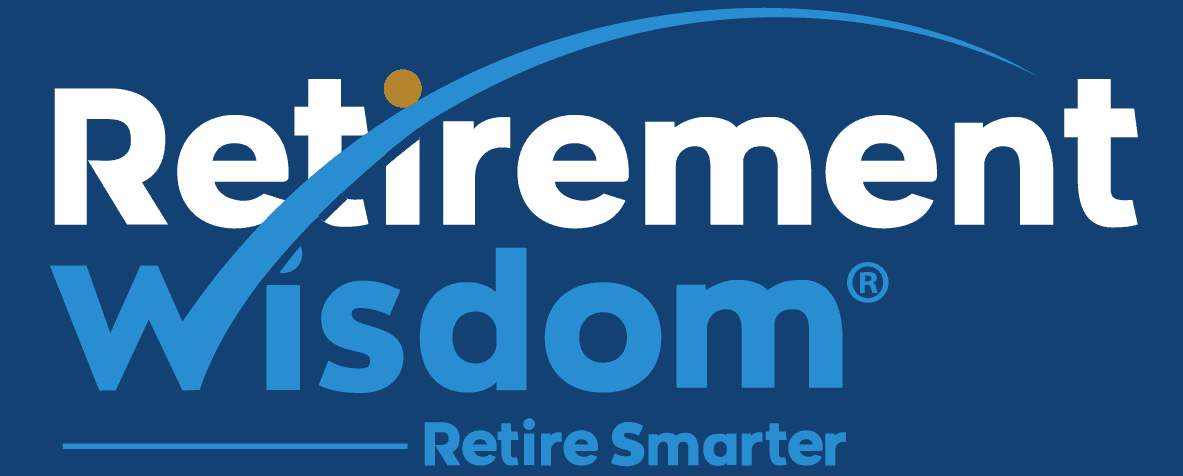Podcast (retirement-wisdom-podcast-feed): Play in new window | Download (Duration: 38:37 — 35.4MB)
Subscribe: Spotify | iHeartRadio | TuneIn | RSS | More
How do you maintain cognitive health as you age? Our guest today is Dr. Krystal Culler and she shares a range of useful practices for brain health and staying sharp.
We discuss with Dr. Culler:
- How she became interested in Gerontology and Health & Wellness
- How she defines brain health
- The misconceptions she sees people having about brain health
- The relative importance of lifestyle factors versus genetics in cognitive health
- What people should do to foster brain health
- The role habits play in cognitive health
- What we should know about neuroplasticity and lifelong learning
- A book that’s had a big impact on her
- Where people should start in cultivating better brain health
Dr. Culler joins us from Ohio.
_________________________
Bio
Dr. Krystal Culler is a Doctor of Behavioral Health with a background in the behavioral sciences (psychology of aging, gerontology, and sociology). She is a Senior Atlantic Fellow with the Global Brain Health Institute, where she was the first scholar from the United States to complete her residency training at Trinity College Dublin, Ireland on dementia prevention and the social determinants of brain health. She has an unwavering commitment to promote brain health equity to individuals of all ages and the communities she serves.
Dr. Culler is the Founder & Creative Director of the Virtual Brain Health Center. Krystal has spent nearly 5 years in Executive-level positions with health non-profit organizations and has 15 years of experience working with individuals with brain health concerns, their families, and advocacy organizations.
Under her leadership, the centers have received 4 international and national awards from leading organizations in the aging care sector for innovation in brain health programming and community impact including honors from the International Council on Active Aging, Mather Lifeways Institute on Aging, the American Society on Aging and the Southern Gerontological Society on Aging.
Additionally, she has been recognized through the receipt of 4 personal leadership awards for her contributions to the field including the Global Brain Health Leaders Award (2019) from the Alzheimer’s Association, Alzheimer’s Society, and Global Brain Health Institute, and Crain’s Cleveland Business 40 Under Forty (2017).
_______________________
Wise Quotes
On Lifestyle versus Genetic Factors
“One of the most fascinating things about our field is how fast things are growing. So usually we were saying it is about 70% lifestyle and 10% genetics. And Dr. Sanjay Gupta’s new book was just released early this year. And the research is actually slanting a little bit more where now 90% of our lifestyle is in our hands and it’s 10% genetics. So I like to think that’s really empowering for us to know that there are variables that we are able to control own [rather than] inherit, but for the most part, there are many things that we are able to manage and think about in a mindful way to move us forward on our personal brain health and wellness journey, all across our lives.”
On How to Cultivate Brain Health
“We have different reports that have come out over the years that pinpoint about 15 different factors. And the Lancet report shows that when we look at these different lifestyle factors and we talk about dementia, risk reduction across the world, we can prevent about 40% of those cases. And what we tend to think about kind of categorizing these factors. If we were to think about them in terms of your brain, your body, and your environment with your brain, you want as much education as early in life as you can. You want to stay stimulated, protect your brain, minimize stress or ongoing chronic stress sleep well, minimize depression, or if you’re having a low mood and it’s ongoing, reach out for help. And monitor your hearing loss and protect your ears from loud noises and exposure. And if you’re thinking about it, your brain moves down to your body.”
On Neuroplasticity
“I like to think most people should know that neuroplasticity is our brain’s ability to adapt and change. And it’s been one of the largest myths of aging that, that is solely reserved for young children and the youth. Neuroplasticity occurs all throughout our life, really up until we are no longer here. Do we have the ability to grow and build new neurons? It’s an ongoing process for us. So we are not stuck with the brains we have. I feel that we are very lucky for this ability for us as humans, we’re constantly reorganizing information throughout our lives so we can make new connections, adjustments, and changes. So if we’re really thinking about lifelong learning and we are seeking out high-quality, lifelong learning programs, you’re looking for three core principles. You want something that’s new, something that’s novel, and something that’s an appropriate level of challenge for you. I know that might sound counterintuitive, but it is because all of us are so different. So we want to engage in tasks and exercises, where we were to visualize a ramp and we’re at the bottom. We have to keep climbing that ramp all throughout our lives and so tasks that we may have enjoyed when we were younger and that we can revisit and do eat more easily, serve a purpose that may help us relax or unwind. So if you play music, that is fantastic. You may want to try a new instrument to really stretch your brain. If you like to crochet or knit, it would be a new pattern or trying a completely different medium, sand the same thing for artists. It would be trying something outside of your wheelhouse. And you’ve got to just keep pushing that ball up the ramp. Basically, if you were going for a physical workout, you’re trying to make your own brain sweat. And so that ramp for all of us is very individualized because we have been exposed and engaged to many different things, but being a lifelong learner is really what it sounds like. We can do it through formal opportunities or informal opportunities, but we want to just keep making our brains stretch and sweat so they’re more flexible. And we can engage in neuro-plasticity throughout our lives.”
________________________________
For More on Dr. Krystal Culler
___________________________
Podcast Episodes You May Be Interested In
Successful Aging – Daniel Levitin
Can You Grow Younger? – Marta Zaraska
How Can You Be Better with Age? – Alan Castel
Is Working Into Retirement Good for Your Brain? – Dawn Carr
Tiny Habits Can Lead to Big Changes – BJ Fogg
The Mind-Body Connection and The Rabbit Effect – Kelli Harding
_________________________
About Retirement Wisdom
We hope you enjoy this retirement podcast.
We help people who are retiring but aren’t done yet, discover what’s next.
A long retirement is a terrible thing to waste. And a meaningful retirement doesn’t just happen by accident.
We help you design the life and/or the second career you want.
Schedule a call today to discuss how we can help you.
_________________________
Explore retirementwisdom.com




